If you’ve noticed less peeing in diapers and more dry nap times, it might be time for your child (and you) to venture into the world of potty training. Every child is unique, making patience, flexibility, and understanding essential tools for success. There are many potty training strategies out there, and lots of effective ways to reinforce progress. Before you enact an old school potty chart to track and reward your child's progress, though, consider instead using the calming, pleasing, glowing lights of your Goodtimer - not only to reinforce desired behaviors, but also to serve as constant reminders of the goal at-hand, inspiring children to do their best to make it to the potty on time!
When Should I Potty Train My Kid?
When to start toilet training or “potty” training is a key factor when helping your child transition out of diapers. Some kids become ready earlier than others, so it’s crucial to know and understand your unique child’s readiness. Children can successfully toilet train anywhere between the ages of 18 months to three years, but you want to be sure they are showing signs of readiness before taking the leap. In fact, forcing the process can make it take longer! ...in other words: disregard age, and look for the following cues to see if your child is ready to start potty training:
- Can stay dry for two hours
- Follows easy instructions
- Understands and communicates the urge to go
- Pulls pants up and down and can sit on a toilet
- Wants to use the potty and wear underwear
Prior-to-Potty Training Tips
As you read through the list of readiness questions, did you perhaps say to yourself, "oh, my kid is so not ready for this"..? That is totally okay! Their time will come! And, while you wait, you can still begin preparing them for the journey by...
- Starting to teach them words like poop, pee, and potty
- Naming your child's "urge" to go when you detect it so that they can begin to detect it as well
- Instead of checking their diaper, ask your child if they pooped or peed to help them make that connection. (Goodtimer can reinforce accurate reporting on this front!)
- Pick up a potty chair for practice so your child can get used to sitting on it. (They make some really fun ones!)
Create a Potty Training Schedule
Giving your child consistency is crucial through this period of their development, especially when you are trying to implement a change. Experts recommend that toddlers sit on the potty within 15 to 30 minutes after meals, and about 45 minutes after drinking. Allow your child a few minutes to adjust to the act of sitting on the potty, and use this time to connect with them by reading a story together or playing with their favorite toy. When they are ready to get up, even if nothing happened, remember to praise their effort!
Make sure all caregivers including babysitters, grandparents, and childcare workers follow the same routine and use the same bathroom terms that you’ve taught your child. Let them know how you're handling toilet training and ask that they use the same approaches so your child won't be confused.
Potty Training Tips for Parents
Perhaps you have heard the urban myth that someone once toilet trained their child in three days? Or perhaps you have clicked on the odd article boasting the secrets to doing so? If there is any truth to these tales, they are the exception - not the rule. Try not to get discouraged by the process taking longer (which it probably will). The typical child needs three to six months to learn to stay dry during the day.
You can make the process much happier (and faster) by picking a timeframe when everything in your child's life is more-or-less steady. If anything momentous is happening—like a birth of a new sibling, travel, a move to a new home, or an upgrade to a big kid bed—wait until your child seems adjusted to the new setting or routine before embarking on this challenging journey. If you bought a Goodtimer to help with potty training, encourage your child to familiarize themselves with it for a few days prior, and introduce them to its functions by reinforcing other desired behaviors around the home.
If you've decided that your child is ready to start learning how to use the potty, these tips may help:
- Choose your words. Decide which words you're going to use for your child's new endeavor, and be careful to avoid negative/potentially shame-inducing words (and facial expressions!) such as "dirty" or "stinky."
- Prepare the chair. Make sure your child's feet rest on the floor or a steady stool. Also, allow them to initially practice sitting on the potty while fully clothed so they may get accustomed to it.
- Get there — Fast! When you notice signs that your child might need to use the toilet (squirming, squatting, or holding the genital area, for example) respond quickly! Help your child become familiar with these signals, and teach them that, when they feel the urge to go, they must stop what they are doing and head to the toilet. Praise your child for telling you when they have to go.
- Dress for Success. Keep your child in loose, easy-to-remove clothing throughout the process. Avoid clothes that are hard to take off such as overalls and/or shirts that snap in the crotch. Kids who are potty training need to be able to undress themselves.
- Create a house rule. Talk to your child about staying dry, hang a simple rule such as "use the potty" somewhere visible in the home, and create an amazing incentive for your child when they successfully meet their goals. Start small, e.g., initially challenge them to stay dry for a short period of time while you gauge what your toddler is capable of. Consider letting your child pick out a pack of underwear as incentive and, as they successfully make it to the potty in time, let them earn each pair of underwear in exchange for a token from their Goodtimer.
- Show and tell. Show your child how you sit on the toilet and explain what you are doing.
- Give an “A” for effort. Praise all attempts to use the toilet, even if nothing happens. Accidents will happen, so it's important not to punish potty-training children or show disappointment when they have an accident. Instead, reassure your child that they are doing a great job trying and everyone makes mistakes.
- Ditch the diapers. After a couple of weeks of successful potty breaks and remaining dry during the day, your child might be ready to trade diapers for training pants or underwear. Be sure to celebrate this milestone!
- Failure to launch. Let your child return to diapers if he or she is unable to remain dry to keep the transition as positive for everyone as possible. Remember, every unique child becomes ready in their own time. It is also not uncommon for children's bodies to accomplish dry days before they can accomplish dry nights. Give it time, and reward any ounce of progress along the way.
Potty training is a unique journey for each child and parent. Patience and understanding are the keys to success, and your Goodtimer is an incredible tool to motivate and support your child during this transition. Remember to praise your child's efforts even when accidents happen! Each child is unique and age of readiness varies, so allow yours to progress at their own pace. Your support will make the journey a smoother one for your family.
Watch the Video:


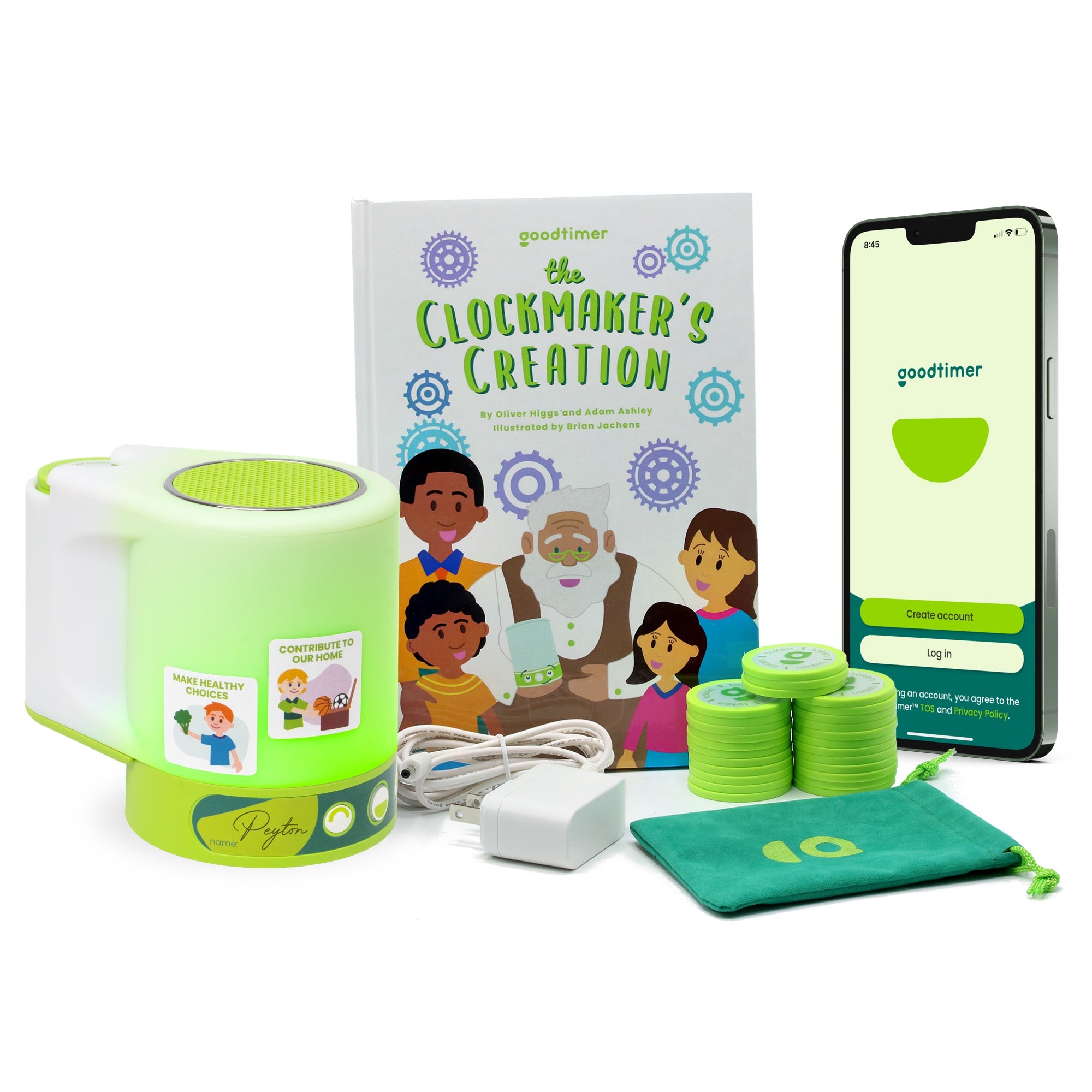
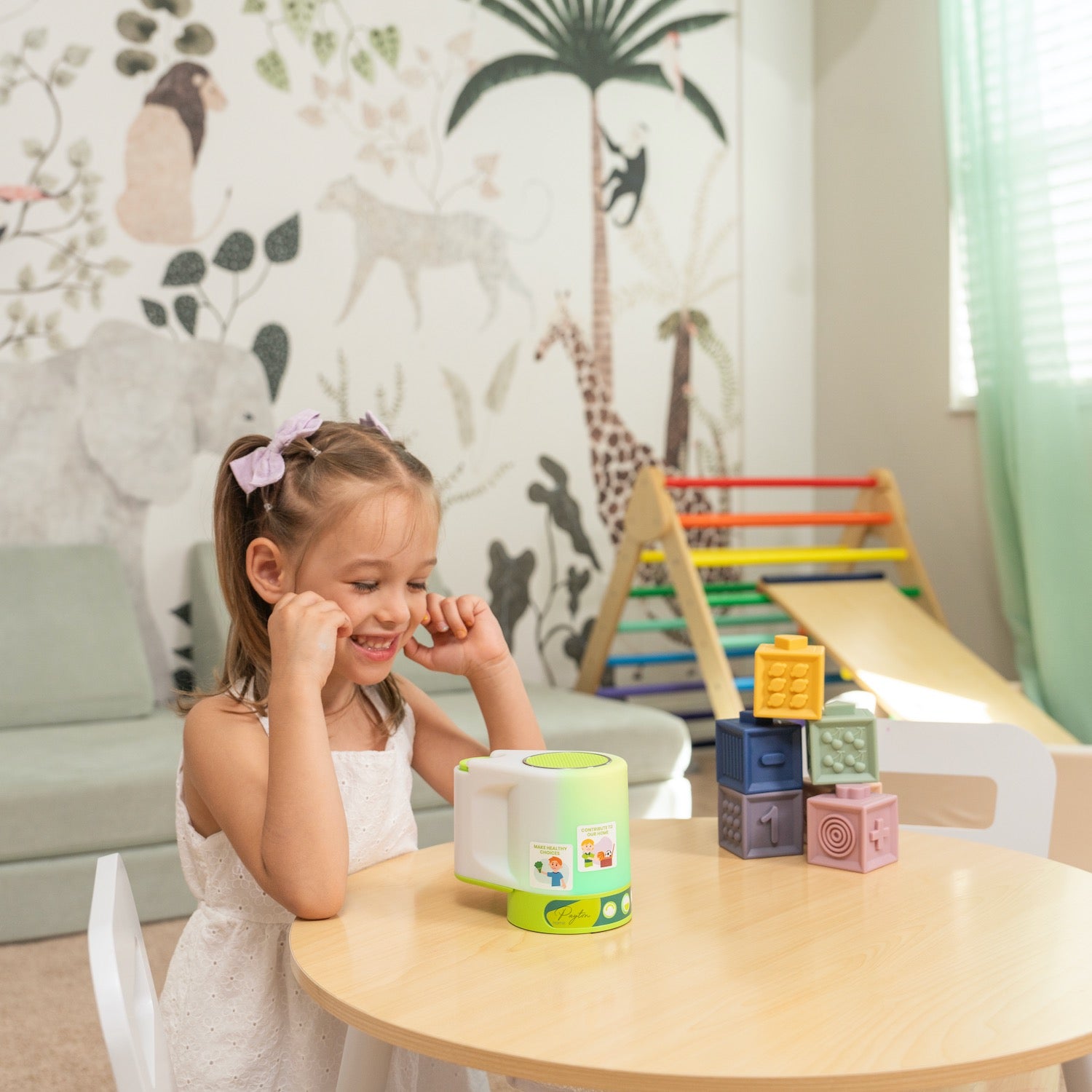
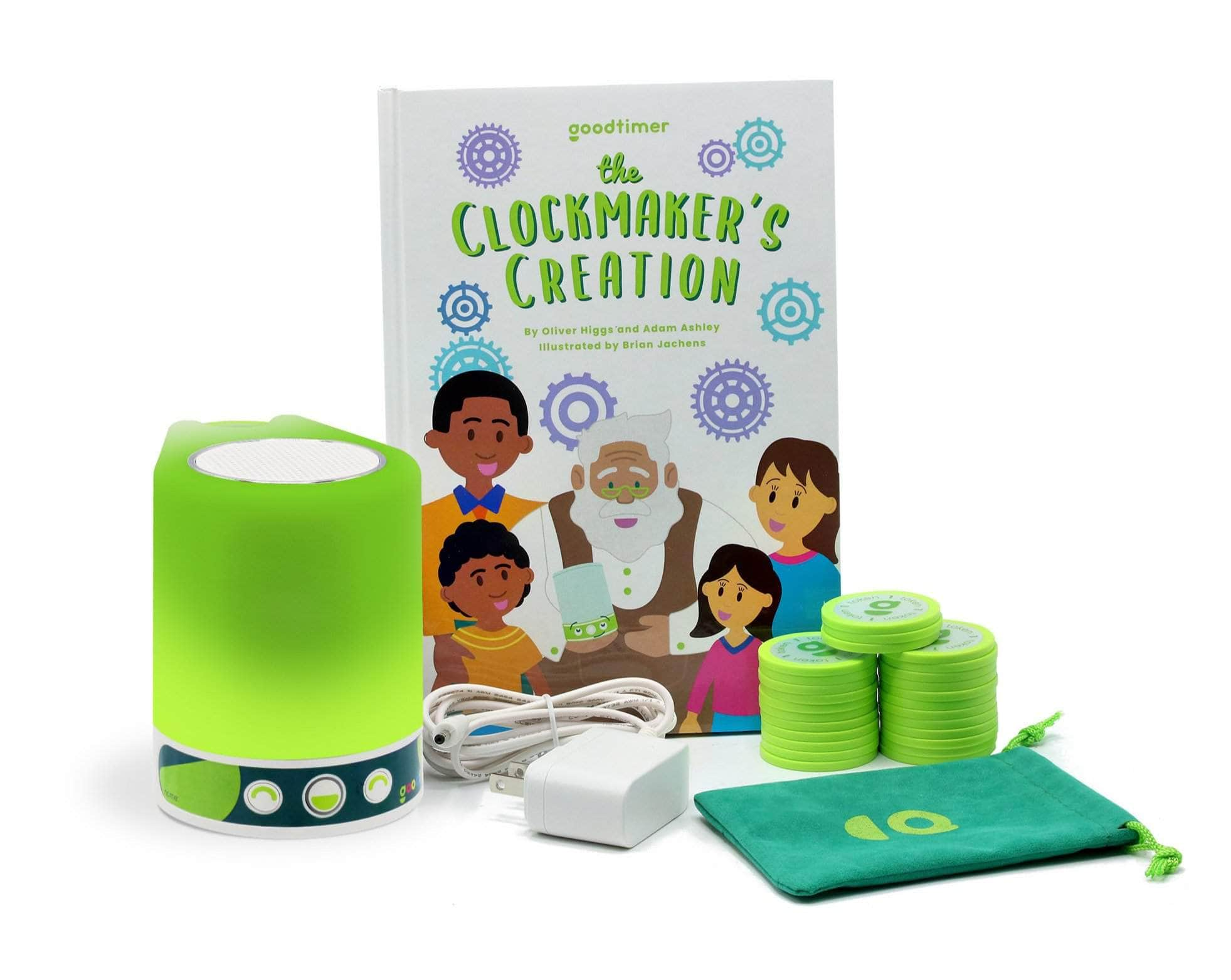
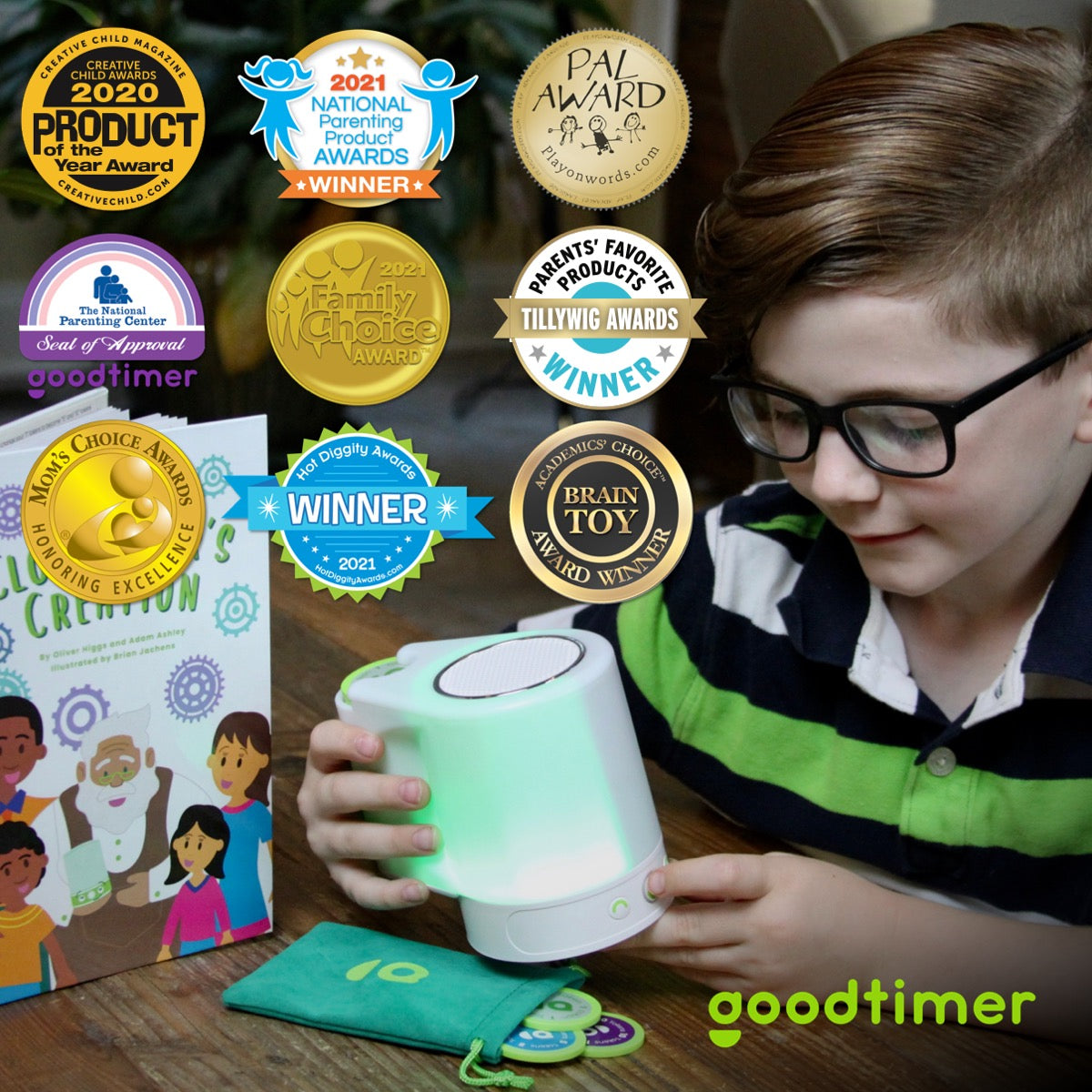

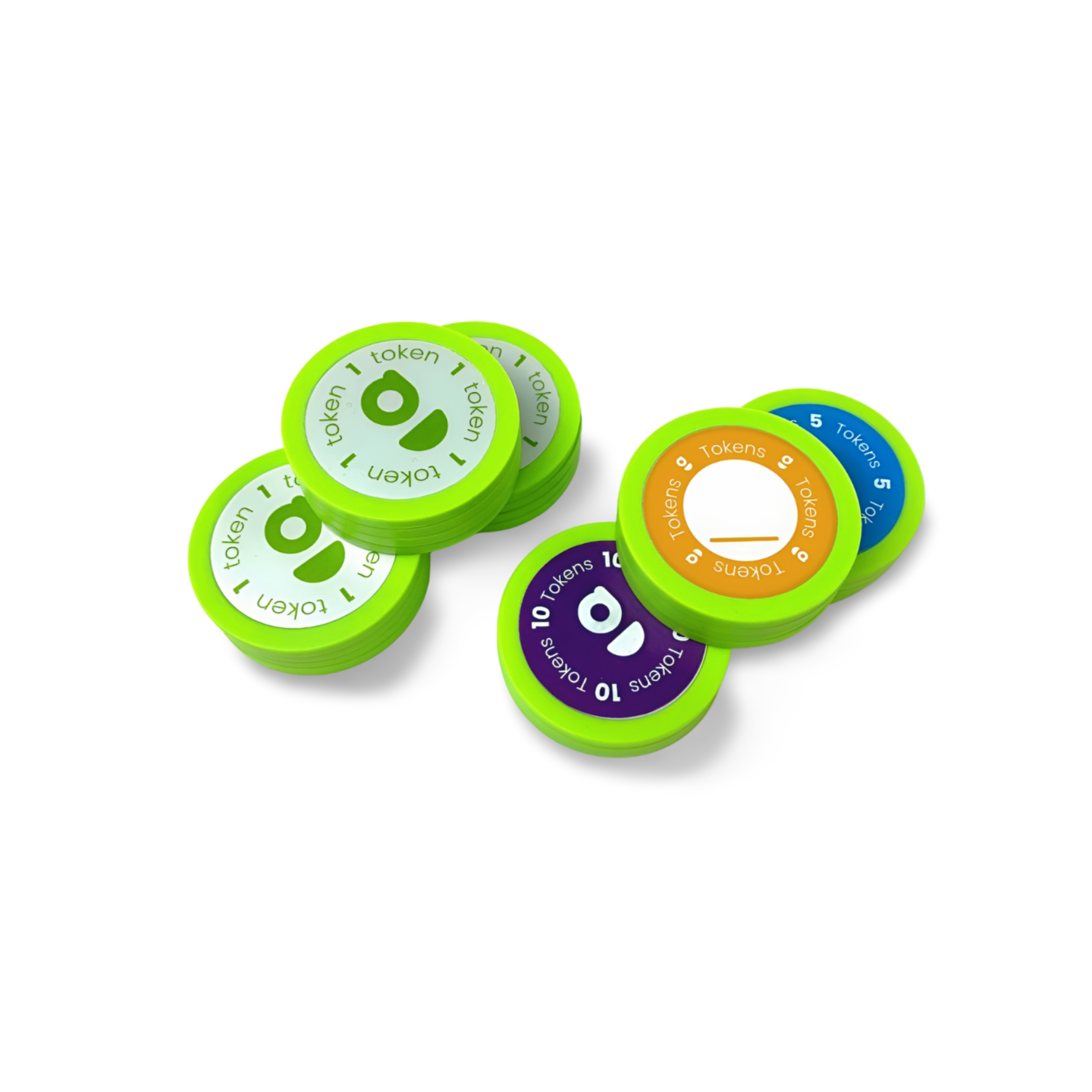

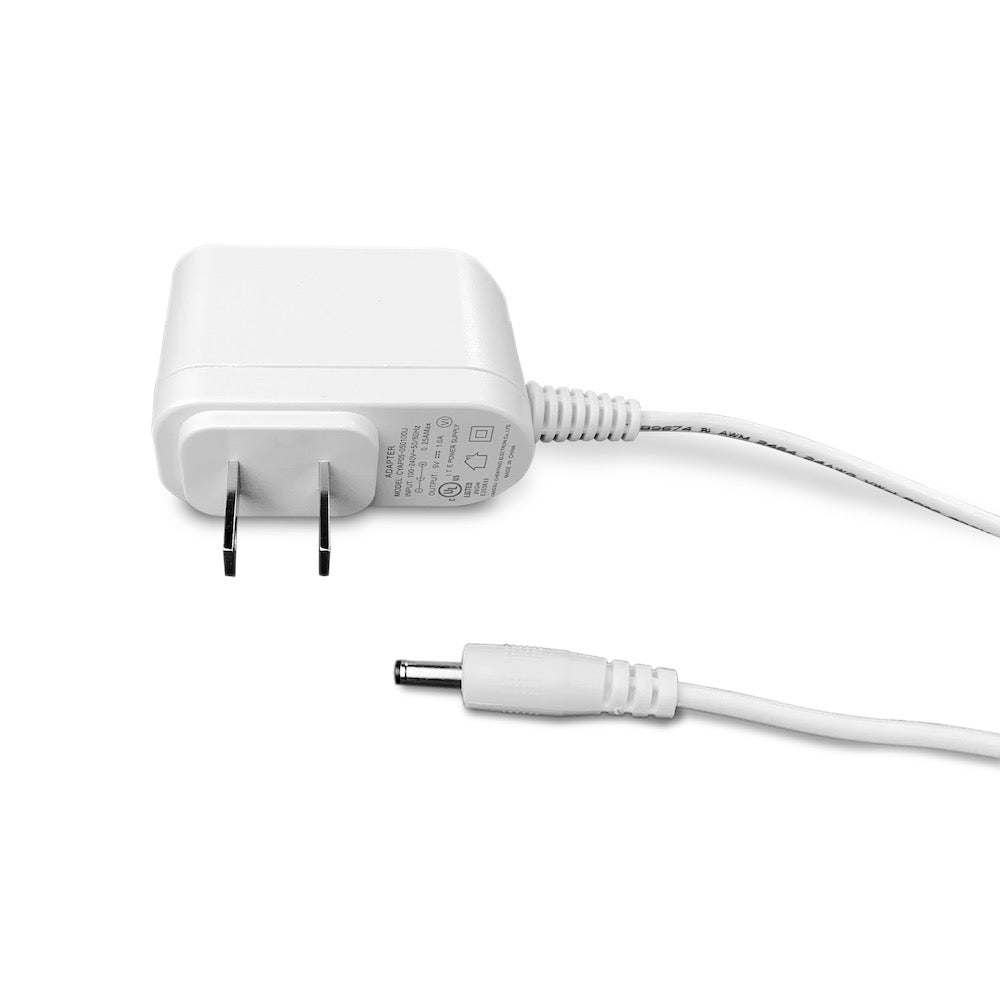
Leave a comment